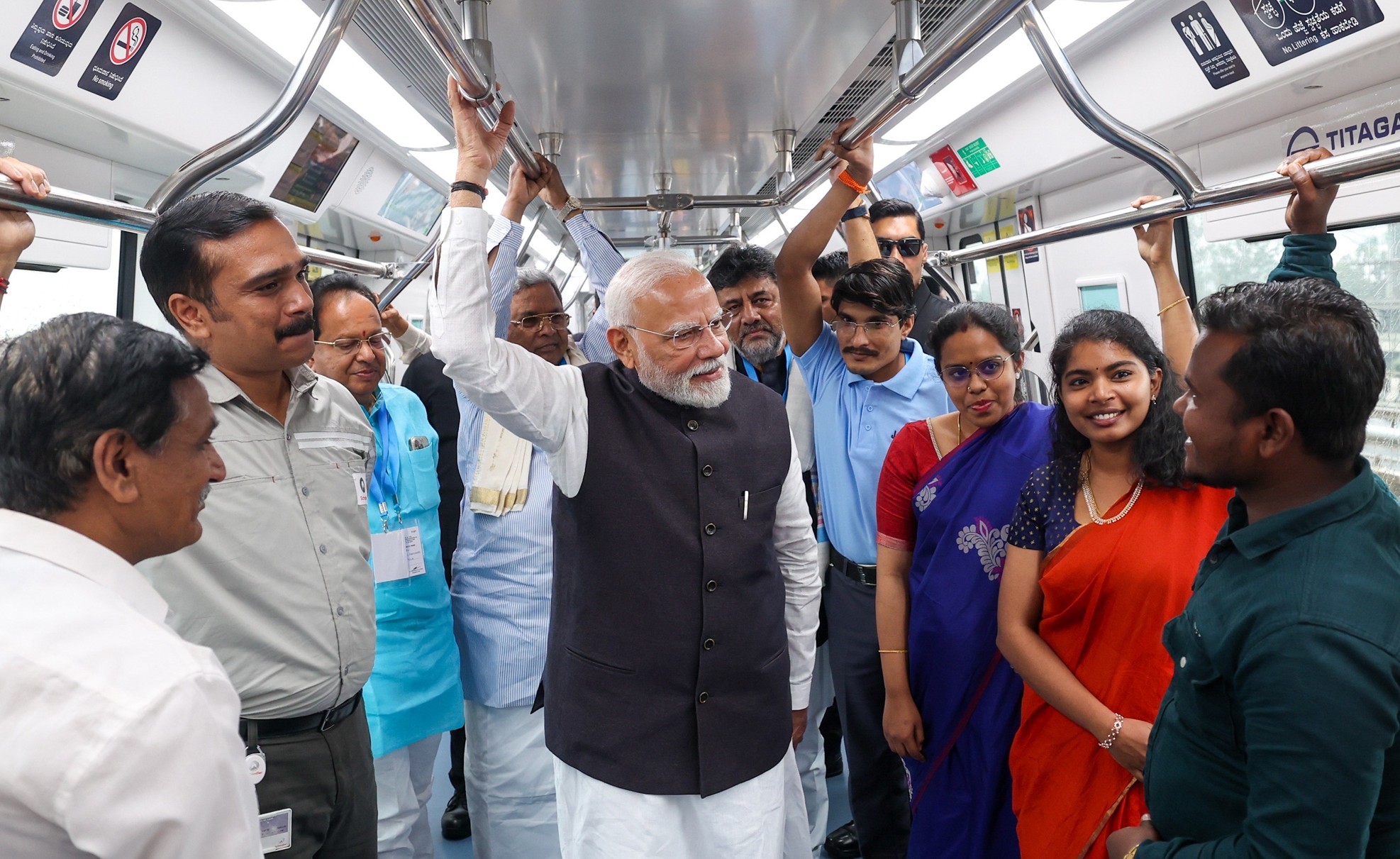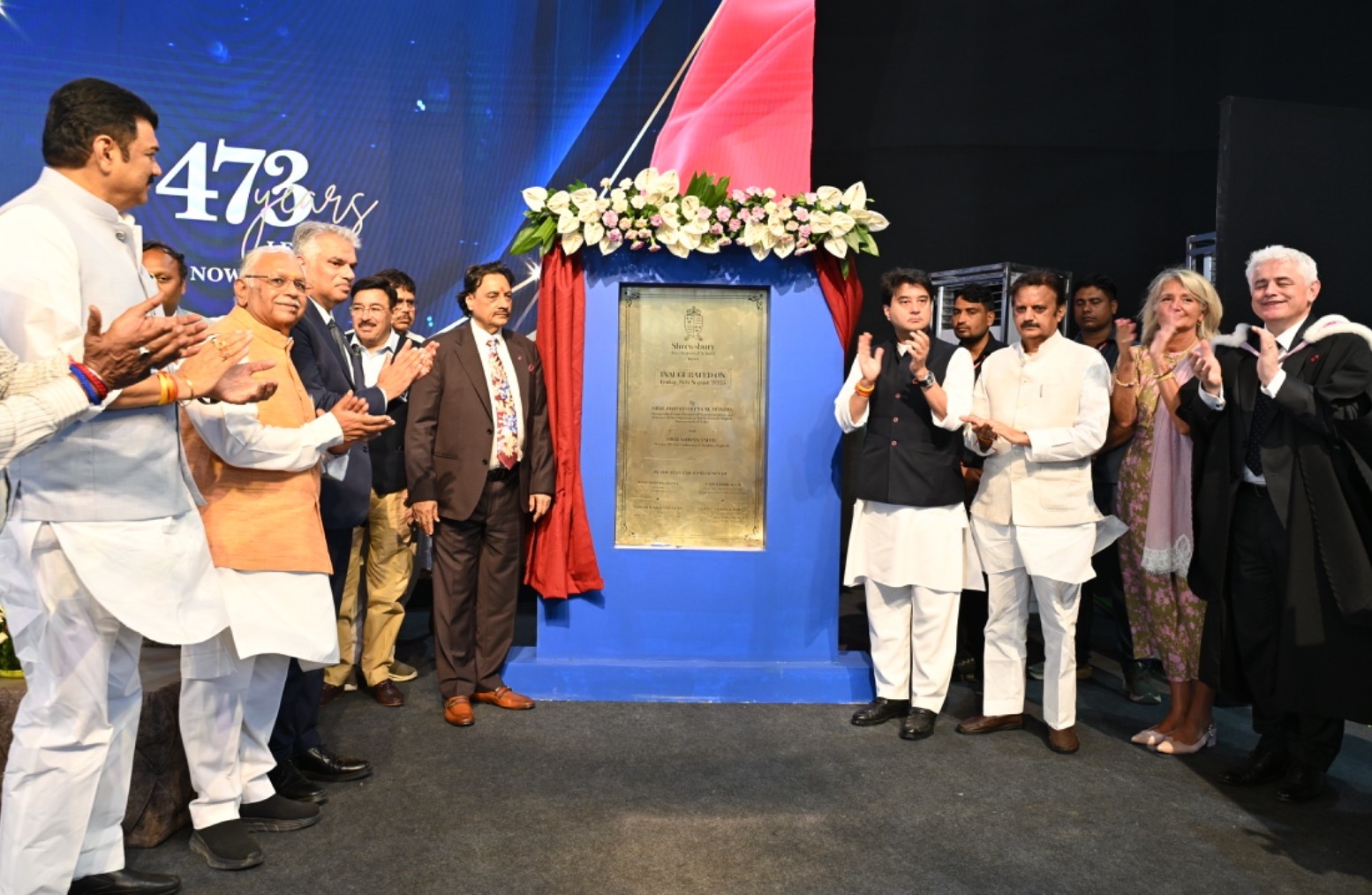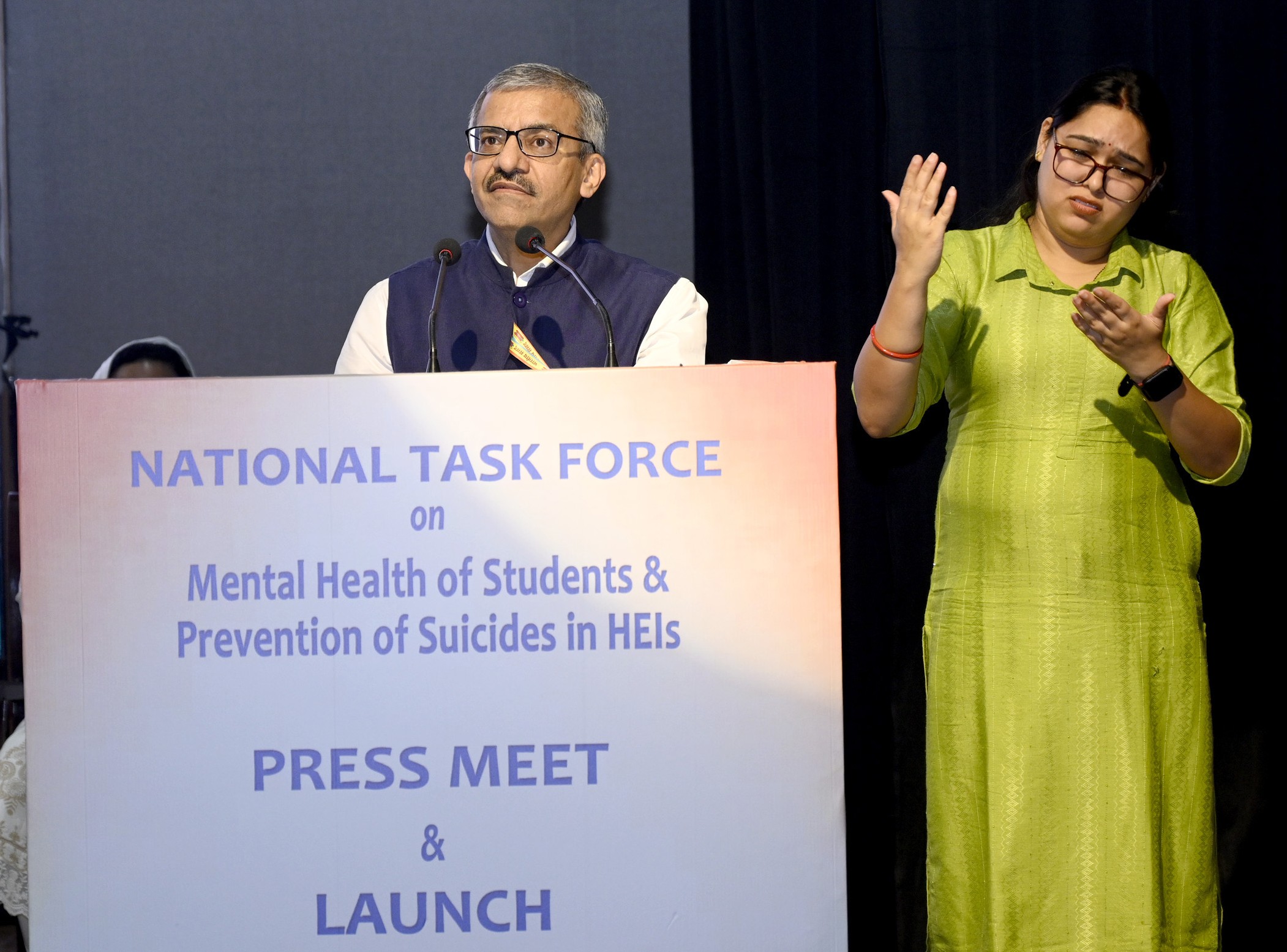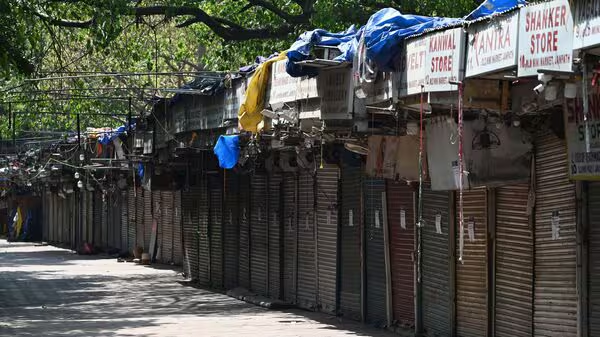Data Collected Under Digital Agriculture Mission Used for Enhanced Farmer Services: Govt
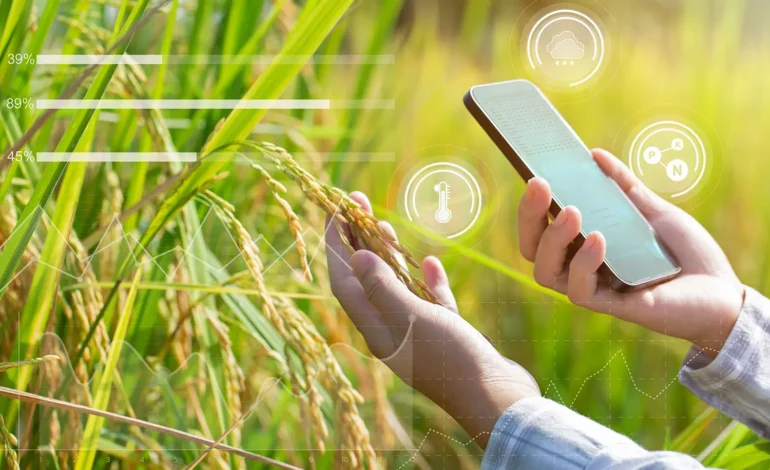
New Delhi, August 9: India’s Digital Agriculture Mission (DAM) is rapidly expanding its reach, with more than 7.04 crore unique Farmer IDs generated and the data already being used to link farmers with crop insurance and credit. This information was provided by Minister of State for Agriculture and Farmers Welfare Ramnath Thakur in a written reply to the Rajya Sabha on Friday.
Building a Digital Public Infrastructure for Farming
The Digital Agriculture Mission, approved in September 2024, aims to build a Digital Public Infrastructure (DPI) for agriculture. According to the ministry, this includes the AgriStack – a set of federated digital databases covering Geo‑Referenced Village Maps, a Crop Sown Registry and a Farmers Registry – along with a Krishi Decision Support System and a Soil Fertility & Profile Map. These registries, maintained by state governments and Union Territories, are intended to provide timely, reliable crop and soil data, helping design farmer-centric solutions and making digital services accessible to rural producers.
Each registry is designed to capture different facets of agricultural data. The Farmers Registry is a dynamic database with authenticated demographic details, land holdings and crop information for each farmer; the Geo‑Referenced Village Maps provide spatial data needed for digital crop surveys; and the Crop Sown Registry records real-time sowing details.
Over 7 Crore IDs, Widespread Crop Surveys
In his reply, Thakur told the upper house that 7,04,49,809 Farmer IDs had been issued as of 4 August 2025, and that a Digital Crop Survey had been conducted in 492 districts during the Rabi 2024‑25 season, covering more than 23.5 crore plots. This represents a significant expansion from the 4.8 crore IDs reported earlier in 2025, showing the rapid pace of the programme. The crop survey data is intended to replace traditional plot-wise surveys and provide granular information on sowing patterns and land use.
Linking Farmers to Insurance, Loans and Digital Marketplaces
Thakur noted that the Farmer ID is becoming a key enabler for government schemes. The data is already being used to enrol farmers in the Pradhan Mantri Fasal Bima Yojana (PMFBY) and the Restructured Weather‑Based Crop Insurance Scheme (RWBCIS) from the Kharif 2025 season in Maharashtra; similar enrolment is taking place in Karnataka, Madhya Pradesh and Uttar Pradesh. The ID is also being linked to Kisan Credit Cards, enabling farmers to access formal credit. At present, the ministry said, data is shared only with government agencies for the implementation of welfare schemes.
By providing authenticated digital identities, AgriStack aims to simplify how farmers obtain services such as crop insurance, procurement, credit and digital marketplaces. Officials say the goal is to support 11 crore farmers by 2027 and drive innovation in India’s agrarian sector through data‑driven decision-making.
The mission has received technical and financial support from the central government to assist state-level implementation. It also ties into broader initiatives such as the National Agriculture Market (e-NAM) and integrates with other digital tools like the Krishi Decision Support System. By rolling out millions of Farmer IDs and conducting large-scale digital crop surveys, the Ministry of Agriculture & Farmers Welfare hopes to create a trustworthy digital ecosystem that improves the accuracy of crop-data collection, enhances insurance coverage and makes market participation more transparent.

